
“Peaceful protests are all we have at our disposal.”
This thought comes from a Russian activist, who suggests that using nonviolent methods of contention is the “only way out” of a Putin-dominated Russian government.
The reason this quote strikes me is that the activist is basically saying that the pro-democracy movement in Russia is nonviolent because there are no other options — it is the last (or only) viable strategy for confronting Putin.
But those using violent methods often similarly evoke this “last resort” or “only available option” explanation. In Jeff Goodwin’s fantastic book, No Other Way Out, he compellingly argues that revolutionary movements are often compelled to use violence against authoritarian regimes because the movements see no other options — violence is the only choice they have at their disposal to resist.
This leads to an interesting thought question: if we randomly polled Russian activists and asked them whether peaceful protest was the only option at their disposal to challenge Putin’s regime, my guess is some would say no. They might cite additional options, like pursuing institutional reforms through other forms of advocacy, increasing voter turnout at elections, bolstering the institutionalized opposition parties, or using violence. They might even claim that the latter options are the only available (and/or viable) ones.
My hunch is that activists’ a priori preferences or beliefs about the utility and effectiveness of nonviolent vs. violent (not to mention institutional vs. non-institutional) forms of struggle might strongly influence which strategies different activists see as available and productive. Take the Syrian uprising, where renewed calls for nonviolent forms of resistance coexist with renewed calls for armed struggle — under identical and increasingly brutal conditions.
Such cases suggest a need for researchers to take activist preferences and agency more seriously — or at least acknowledge more complexity and variation — in the ways that these groups respond to the conditions they face. If recent cases are instructive, then so-called structural factors may not be as influential we often presume.

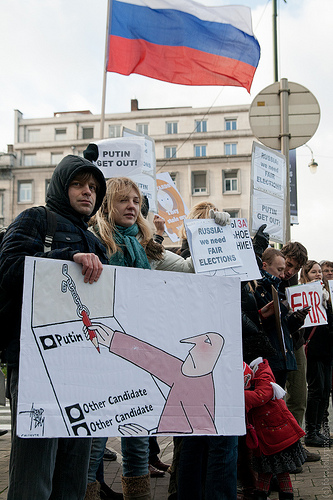
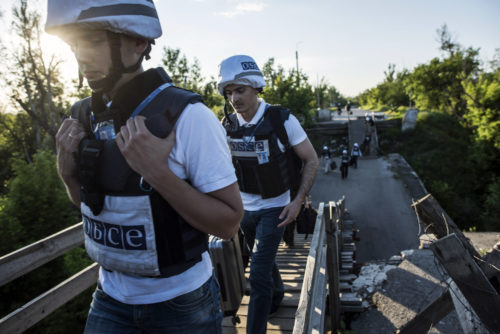
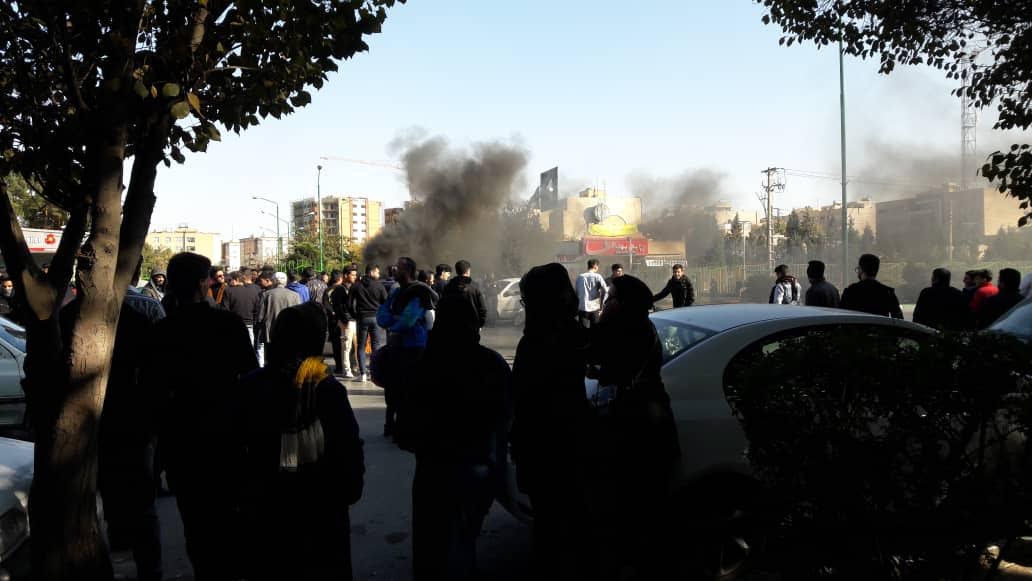

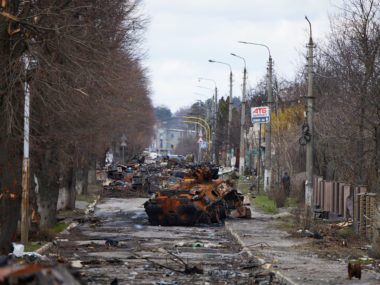
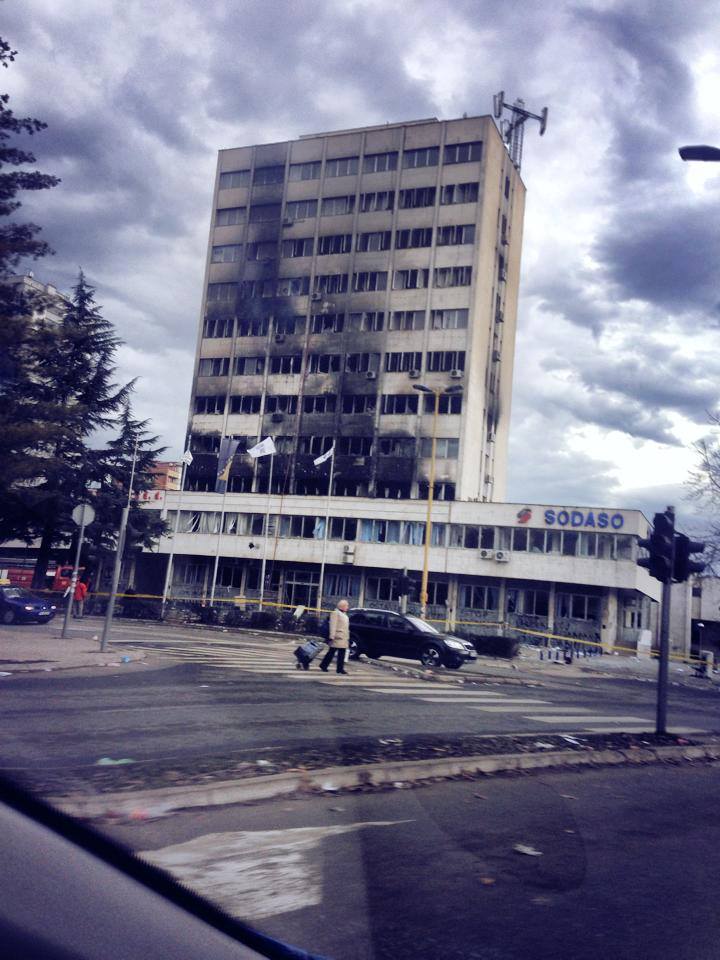
0 comments
I agree. But then you should answer the question of where these preferences and beliefs come from.
I don’t think we know the answer to that question, and there is probably a lot of variation anyway. The key point of this post was just to point out that our field tends to rely on structural and/or strategic approaches, which commonly assume that people interpret their strategic choices in relatively predictable and uniform ways in conflict environments. What struck me here was some potential evidence that people in identical environments can interpret the available strategic options totally differently, which would challenge many of the underlying assumptions of rational choice theory.